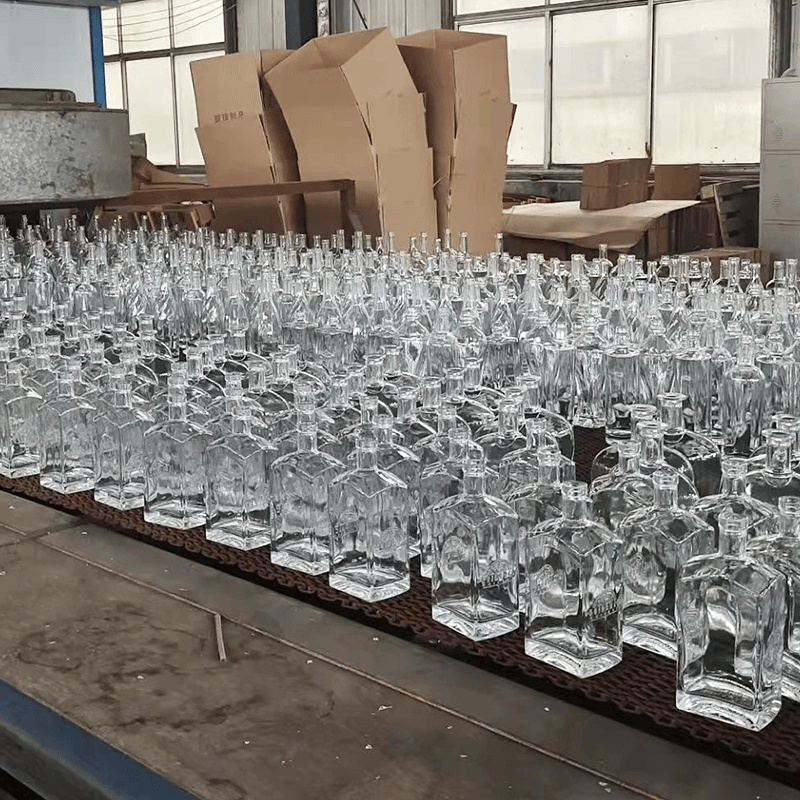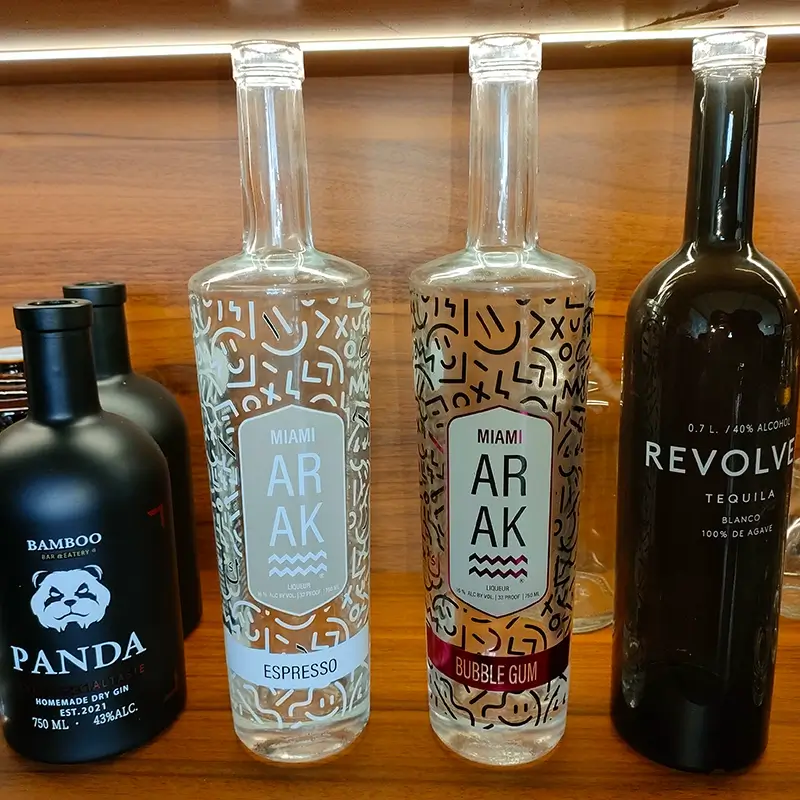What’s the Difference Between M, mm, ml, and mil?
News September 15, 2025
Why Are Measurement Units Important?
Measurement units are fundamental in the beverage and packaging industry. Whether for wine, spirits, or glass bottles, standardized units ensure clear communication, accurate production, and global consistency.
1. Accuracy in Production
Manufacturers rely on precise measurements to ensure consistent product quality. For example:
- Milliliters (ml) determine the exact liquid volume filled in each bottle.
- Millimeters (mm) measure the thickness and diameter of bottles and corks to ensure proper sealing.
- M (meters) help with height and storage space calculations.
- Mils ensure accurate thickness of protective packaging films or shrink wraps.
Accurate units reduce production errors, maintain quality, and optimize raw material usage.
2. Communication Across Borders
The wine and spirits industry is global. Using standardized units allows buyers in Europe, Asia, and the U.S. to understand product dimensions, volumes, and packaging requirements without confusion.
For example:
- A 750 ml wine bottle means the same in France, China, or the U.S.
- A 90 mm diameter bottle neck can be matched with the correct cork or closure internationally.
3. Consistency and Standardization
Units eliminate ambiguity in labeling, transportation, and trade. For example:
- 750 ml vs. “¾ quart” — the first is universally understood, the second can vary regionally.
- Consistent use of mm for diameters ensures closures fit across different markets.
Differences Between M, mm, ml, and mil
Each of these units serves a distinct purpose in packaging, manufacturing, and labeling.
1. Meter (M)
- Definition: The base unit of length in the metric system.
- Application: Used for larger measurements such as bottle height, storage space, and transport chamber dimensions.
- Example:
- Standard wine bottle height ≈ 0.3–0.35 m.
- Storage racks, cellars, and containers are designed in meters to accommodate bottle height and width.
2. Millimeter (mm)
- Definition: 1 mm = 1/1000 of a meter (0.001 m).
- Application: Critical for precision measurements in packaging.
- Glass thickness: Typical wine bottle walls = 2–4 mm.
- Diameter: Bottle body = 70–90 mm.
- Cork/closure size: Ensures airtight sealing and wine preservation.
- Packaging: Wooden crates, carton dividers, and protective layers are also measured in mm.
3. Milliliter (ml)
- Definition: 1 ml = 1/1000 of a liter.
- Application: Universal measurement of liquid volume in bottles.
- Standard wine bottle = 750 ml.
- Half bottle = 375 ml.
- Magnum = 1500 ml.
- Production: Used in formulation and blending to maintain flavor consistency.
- Consumer relevance: Helps customers track consumption and compare value across brands.
4. Mil
- Definition: An imperial unit equal to one-thousandth of an inch (0.001 in).
- Application: Measures thickness of protective films, coatings, or shrink wraps, mainly in U.S. packaging standards.
- Shrink capsule on corks: 2–7 mil.
- Plastic cushioning film: 3–10 mil.
- Difference from mm:
- mm = thickness of glass/cork itself.
- mil = thickness of additional protective layers.
Choosing the Right Unit for the Right Purpose
| Unit | Best Used For | Example in Wine Industry |
|---|---|---|
| M (meter) | Large-scale dimensions | Bottle height, cellar space (0.3 m tall bottle) |
| mm (millimeter) | Precision in length/thickness | Bottle wall (3 mm), cork diameter (30 mm) |
| ml (milliliter) | Liquid volume | 750 ml standard wine bottle |
| mil | Packaging layer thickness | 5 mil shrink wrap over cork |
Selecting the correct unit ensures:
- Accuracy in filling and sealing.
- Efficiency in packaging and storage.
- Global communication between manufacturers, suppliers, and distributors.
Frequently Asked Questions
Q1: Is a mil the same as a ml?
No. Mil = 0.001 inch (thickness). ml = 0.001 liter (volume). Completely different purposes.
Q2: Why are milliliters (ml) used on wine bottles?
Because ml is a universal unit of volume, ensuring global consistency and consumer clarity. Example: 750 ml is the worldwide standard for wine bottles.
Q3: Can “M” (meter) be used for liquids?
No. A meter measures length or distance, not volume. For liquids, the correct unit is milliliter (ml) or liter (L).
Conclusion
- Meter (M): Large-scale length (storage space, bottle height).
- Millimeter (mm): Precision for thickness and diameters (glass, corks).
- Milliliter (ml): Volume measurement (wine content).
- Mil: Thickness of protective packaging layers (shrink wraps, films).
Each unit plays a vital role in ensuring product quality, safe transport, and international standardization. For beverage and glass bottle industries, understanding and using the right measurement unit is essential to avoid confusion and guarantee efficiency across production, packaging, and global trade.


